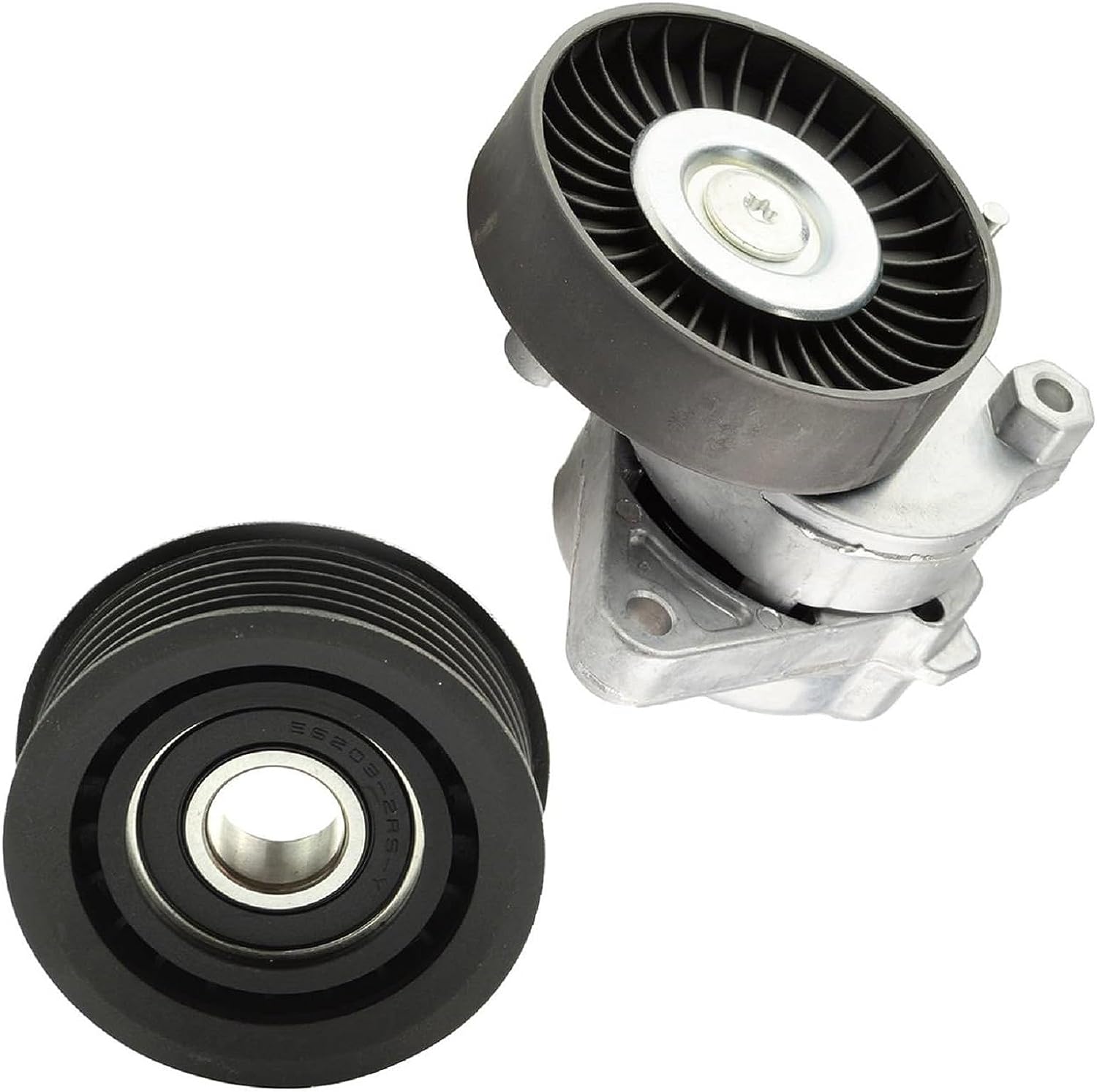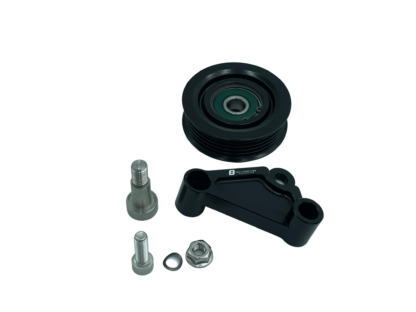Product Description
Product Description
Idler Pulley 3250949
| Engine type | K19/K38/K50/QSK19/QSK38/QSM11 |
| Parts Number | 3250949 |
| Parts Name | Idler Pulley |
| Packing | Neutral package or as customized requirement |
| Delivery Time | 3-7 Days |
| Condition | 100% new |
| MOQ | 1 piece |
| Warranty | 6 Months |
| Shipment | By Express(DHL/Fedex/UPS),by sea ,by air |
| Payment | T/T , D/P , Money Gram , L/C , Western Union |
Related Products
| Main Engine Model | ||||
| KTA19 | KTAA19 | KTTA19 | QSk19 | QSKTAA19 |
| NT855 | NTA855 | NTAA855 | KT38 | KTA38 |
| KT50 | KTA50 | KTTA50 | M11 | MTA11 |
| MTAA11 | 4BT | 6BT | 6CT | ISF |
| Products Include | ||
| Injector | Cylinder Head | Crankshaft |
| Camshafts | Valve Train Parts | Connecting Rod |
| Cylinder liners | Piston | Piston Ring |
| Bearings and Bush | Fuel Pump | Oil Pumps |
| Water Pump | Air Compressors | Turbocharger |
| Flywheels | Gasket | Bolts |
| Starter | Alternator | vibration Dampers |
Packaging & Shipping
Company Profile
ZheJiang Jielot trading Co., Ltd. was established in March 2019, located in Xihu (West Lake) Dis., ZheJiang , China, close to ZheJiang CHINAMFG Engine factory-CCEC.
We can supply CUMMINS engines and generator sets for mining, Marine and land use. Various series of parts can also be provided.main product series:CCEC ,DCEC XCEC : QSB5.9, QSB6.7, KTA19, KTA38, KTA50, NTA855, M11, QSM11, ISM11, QSX15, QSL9, 6BT5.9, 6CT8.3 ,4BT , Fleetguard filter ,HOLSET turbocharger,Air compressor and so on.
We have a strategic cooperative relationship with the largest CHINAMFG distributor in China, and we have a coexisting relationship with the largest OEM factory. We can provide genuine Cummins parts or high-quality parts,Aftermarket quality parts, giving you a dual choice, so that you can choose more suitable for your price and quality.
We have cooperated with Thailand, Singapore, Malaysia, Indonesia, Dubai, Russia, Morocco, Germany and many other countries, and our products have been unanimously recognized. we have a complete set of procedures, in the quotation, procurement, delivery, transportation of mature solutions, to solve your worries.
Certifications
Exhibition&Customer
Our Advantages
1. We have more than 3 years of experience in CHINAMFG diesel engine parts.
2. We cooperate with many certificated OEM factories of CHINAMFG who have advanced equipment and technology.
3. High Quality, Reasonable Price, Quick Response and R&D team tech support is what we are trying to offer you the best cooperation experience.
FAQ
Q1:What is your terms of payment?
A1:T/T 30% as deposit,and 70% before delivery. We’ll show you the photos of the products and packages before you pay the balance.
Q2:How about your delivery time?
A2:Generally, it will take 7 days for air order and 20 to 30 days for sea order after receiving your advance payment. The specific delivery time depends on the items and the quantity of your order.
Q3:If I’m not sure about the part number,How to find it?
A3:Please provide all the information you have, such as the equipment nameplate, engine nameplate or engine number, or real photos.we will help you check and send you a reasonable price,Please feel free to contact anytime.
Q4:How to contact you?
A4:You can send inquiry to us directly or you can contact us by email phone call,WhatsApp, WeChat, Facebook and Skype. We will try to reply you as soon as possible.
Q5:How long is the production cycle (lead time) ?
A5:For engine parts, we usually have enough stock; For engines, usually around 10-20 days; For stock engine, usually 1 week.
Q6:Do you supply any other brand ?
A6:We entered stock engine industry since 2016, mainly focusing in engines in stock, never used, still under good condition, made in US/UK/Germany/Japan/Korea/China, etc. Sometimes we have stocks of other brands than our normal list of brands. Thus, any inquiry is warmly welcomed and we will always do best to support customers.
| Certification: | ISO9001, CE |
|---|---|
| Standard Component: | Standard Component |
| Technics: | Press |
| Customization: |
Available
| Customized Request |
|---|
.shipping-cost-tm .tm-status-off{background: none;padding:0;color: #1470cc}
|
Shipping Cost:
Estimated freight per unit. |
about shipping cost and estimated delivery time. |
|---|
| Payment Method: |
|
|---|---|
|
Initial Payment Full Payment |
| Currency: | US$ |
|---|
| Return&refunds: | You can apply for a refund up to 30 days after receipt of the products. |
|---|
How do idler pulleys enhance the efficiency and longevity of machinery and equipment?
Idler pulleys play a crucial role in enhancing the efficiency and longevity of machinery and equipment in several ways:
1. Belt Tension and Alignment:
Idler pulleys help maintain proper tension and alignment of belts in belt-driven systems. By applying the right amount of tension, idler pulleys prevent belt slippage and ensure efficient power transmission. Proper alignment reduces wear on belts and other components, minimizing energy losses and extending the lifespan of the equipment.
2. Reduced Bearing Load:
Idler pulleys distribute the load on the belt, reducing the load on the bearings of other rotating components. This helps prevent premature bearing failure and extends the life of bearings, reducing maintenance requirements and downtime.
3. Vibration Damping:
Idler pulleys can absorb and dampen vibrations that occur during operation. By reducing vibrations, idler pulleys minimize stress on the belt and other components, improving overall system performance and reducing the risk of component failure.
4. Belt Span Length:
Idler pulleys enable longer belt spans, which can reduce the number of required pulleys and overall system complexity. Longer belt spans provide smoother power transmission, minimize the number of potential failure points, and improve overall system efficiency.
5. Load Distribution:
Idler pulleys help distribute the load evenly across the belt, ensuring that no single section of the belt is subjected to excessive stress. This balanced load distribution reduces the risk of belt stretching, premature wear, and failures, contributing to improved equipment longevity.
6. Belt Wrap Angle:
By adjusting the position and angle of idler pulleys, the wrap angle of the belt can be optimized. A larger wrap angle increases the grip between the belt and pulleys, improving power transmission efficiency and reducing the risk of slipping.
7. Tension Control:
Idler pulleys allow for convenient tension control in belt-driven systems. By adjusting the position or tension of the idler pulley, the tension on the belt can be fine-tuned to match the specific requirements of the machinery, optimizing performance and reducing wear.
Overall, idler pulleys contribute to the efficiency and longevity of machinery and equipment by ensuring proper belt tension, reducing bearing load, damping vibrations, enabling longer belt spans, distributing loads evenly, optimizing belt wrap angles, and providing tension control. By incorporating idler pulleys into belt-driven systems, manufacturers can improve system reliability, reduce maintenance costs, and extend the lifespan of their equipment.
What types of belts or chains are typically guided by idler pulleys?
Idler pulleys are commonly used to guide and support various types of belts or chains in mechanical systems. Here’s a detailed explanation of the types of belts or chains that are typically guided by idler pulleys:
1. V-Belts:
Idler pulleys are frequently used to guide V-belts. V-belts have a trapezoidal cross-section and are commonly used in applications that require high torque transmission, such as automotive engines, industrial machinery, and HVAC systems. Idler pulleys help maintain proper tension and alignment of V-belts, ensuring efficient power transmission and preventing slippage.
2. Flat Belts:
Flat belts, as the name suggests, have a flat, rectangular cross-section. They are used in applications where a wide contact surface area is required, such as conveyor systems, printing machines, and textile machinery. Idler pulleys guide and support flat belts, helping to maintain tension, alignment, and proper engagement with other pulleys or components.
3. Timing Belts:
Timing belts, also known as synchronous belts, have teeth on the inner surface. They are commonly used in applications that require precise power transmission, such as automotive engines, robotics, and precision machinery. Idler pulleys play a critical role in guiding and tensioning timing belts, ensuring accurate synchronization between the driving and driven components.
4. Chain Drives:
Idler pulleys are also used to guide and support chains in chain drive systems. Chains are widely used in applications that require high load carrying capacity and durability, such as motorcycles, bicycles, and industrial machinery. Idler pulleys help maintain proper tension, alignment, and engagement of the chain, ensuring smooth and efficient power transmission.
5. Serpentine Belts:
Serpentine belts are wide, multi-ribbed belts commonly used in automotive engines to drive various components, such as the alternator, power steering pump, and air conditioning compressor. Idler pulleys are integral in guiding and tensioning serpentine belts, ensuring proper operation and preventing belt slippage.
It’s important to note that the specific type of belt or chain guided by idler pulleys will depend on the application and the requirements of the mechanical system. Factors such as load capacity, speed, torque, and environmental conditions will influence the selection of the appropriate belt or chain type and the corresponding idler pulleys.
Can you explain the primary functions and components of an idler pulley?
An idler pulley serves important functions in mechanical systems and consists of several key components. Let’s explore the primary functions and components of an idler pulley:
1. Primary Functions:
– Belt Guidance: The main function of an idler pulley is to guide the belt along a desired path, changing its direction as necessary. This ensures efficient power transmission and proper operation of the system.
– Tension Maintenance: Idler pulleys help maintain tension in the belt by taking up slack and preventing belt sagging or slippage. Proper tension is essential for optimal power transfer and system performance.
2. Components:
– Pulley Wheel: The pulley wheel is the circular component with a groove or V-shape that accepts the belt. It rotates on a fixed axle or bearing and provides a contact point for the belt to ride on.
– Axle or Bearing: The axle or bearing is the component that allows the pulley wheel to rotate smoothly. It provides support and reduces friction, ensuring efficient movement of the belt.
– Mounting Bracket: The mounting bracket is used to secure the idler pulley in its designated position within the system. It may be attached to a stationary structure or integrated into a movable mechanism.
– Tensioning Mechanism (Optional): In some cases, idler pulleys may incorporate a tensioning mechanism. This can include a spring-loaded arm or an adjustable bracket that allows for easy adjustment of belt tension.
– Housing or Guard (Optional): Depending on the application, an idler pulley may be enclosed within a housing or guarded to protect it from external elements and to prevent accidental contact with moving parts.
It’s important to select an idler pulley that is compatible with the specific belt type, system requirements, and load conditions. Proper installation and periodic maintenance, such as lubrication of bearings and inspection for wear, are essential to ensure smooth operation and extend the lifespan of the idler pulley.
editor by CX
2023-12-15




